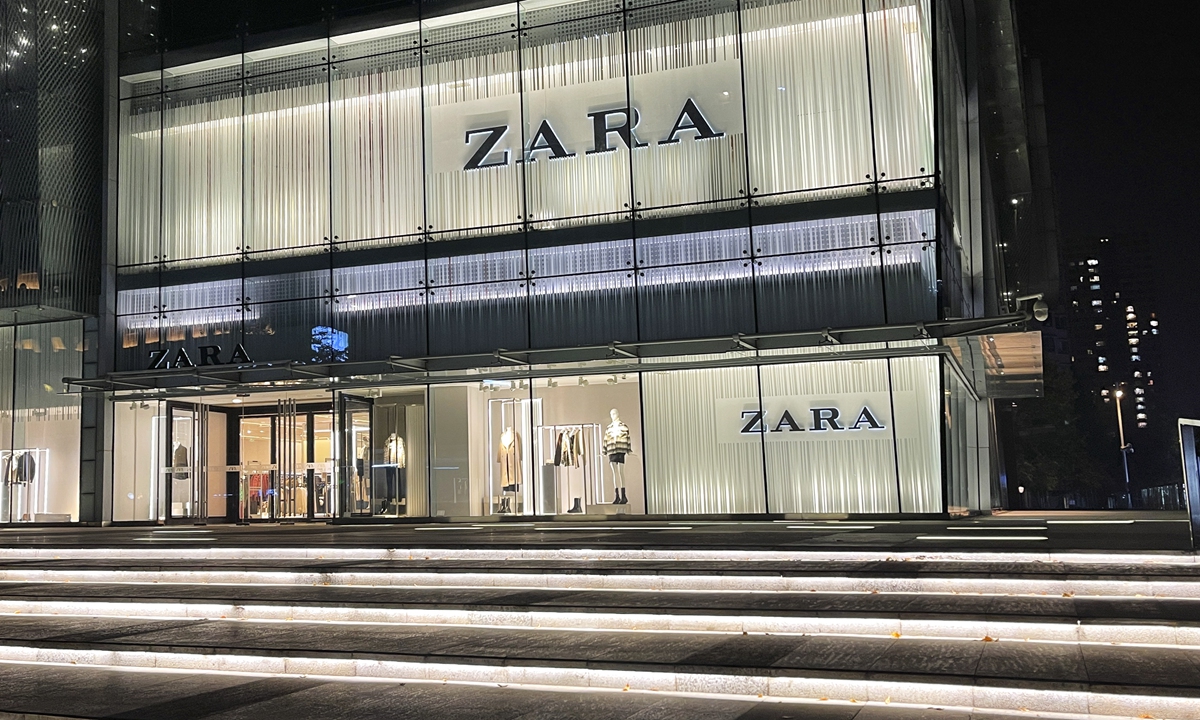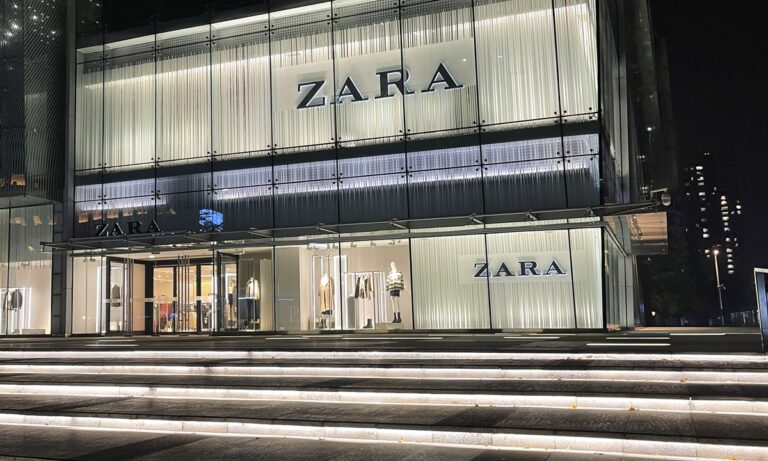
A Zara store in Beijing Photo: VCG
The Resilience of Zara in the Chinese Market: Rumors of Withdrawal Denied
Spanish fashion retailer Zara has recently addressed rumors surrounding its potential exit from the Chinese market, fueled by a series of store closures in various cities. The speculation sparked discussions among consumers and analysts regarding the future of fast fashion in China.
Analyzing Store Closures: Strategic Moves or Market Exit?
Economic analysts suggest that the recent store closures may be part of Zara’s strategic shift to optimize operations by reducing the number of outlets while focusing on larger, more efficient stores. This move, however, has led to concerns among loyal customers about the brand’s longevity in the Chinese market.
Recent Closures: Impact on Local Availability
Confirmed closures include outlets in Huizhou and Dongguan in Guangdong Province, as well as a store in the Baoshan district of Shanghai, according to the National Business Daily. These closures, particularly significant as the Huizhou and Dongguan locations were the only Zara stores in their respective areas, leave these cities without direct access to the brand.
Zara’s Store Count: A Shift in Focus
In its peak in 2018, Zara operated 183 stores across mainland China. Presently, the number has dwindled to just 87. This dramatic reduction over six years highlights the brand’s shift in strategy, emphasizing the need for larger spaces and enhanced digital experiences.
Denial of Withdrawal: Commitment to China
In response to the swirling rumors, Zara firmly denied any plans to withdraw from the Chinese market. The brand reiterated its commitment to enhancing its presence by opening flagship stores equipped with cutting-edge technology, showcasing the importance of China as a key strategic market for Zara and its parent company, Inditex Group.
Online Sales: A New Channel for Growth
Despite the closures, Zara has reported a 4.5% increase in retail space and a 7.9% boost in store sales in 2023. Transitioning toward online sales has been pivotal, as many consumers now prefer to shop via platforms such as Douyin, reflecting a significant shift in shopping behavior amidst the ongoing digital transformation.
Changing Consumer Preferences: The Rise of Value and Quality
Market experts, including renowned brand analyst Pang Rui, point out that while rapid fashion retailers like Zara generally maintain robust global demand, consumer preferences in China are evolving. A growing segment of the population, particularly the youth, is gravitating towards diverse styles that place higher value on quality and fit rather than simply following fleeting trends.
The Future of Fast Fashion in China
As fast fashion brands face challenges from changing consumer habits, the blending of leisure styles such as Uniqlo and traditional wear like Hanfu indicates a new fashion landscape in urban China. Whether Zara can sustain its appeal amidst these shifting dynamics remains to be seen, but its ongoing commitment to the Chinese market certainly offers a hopeful outlook.

